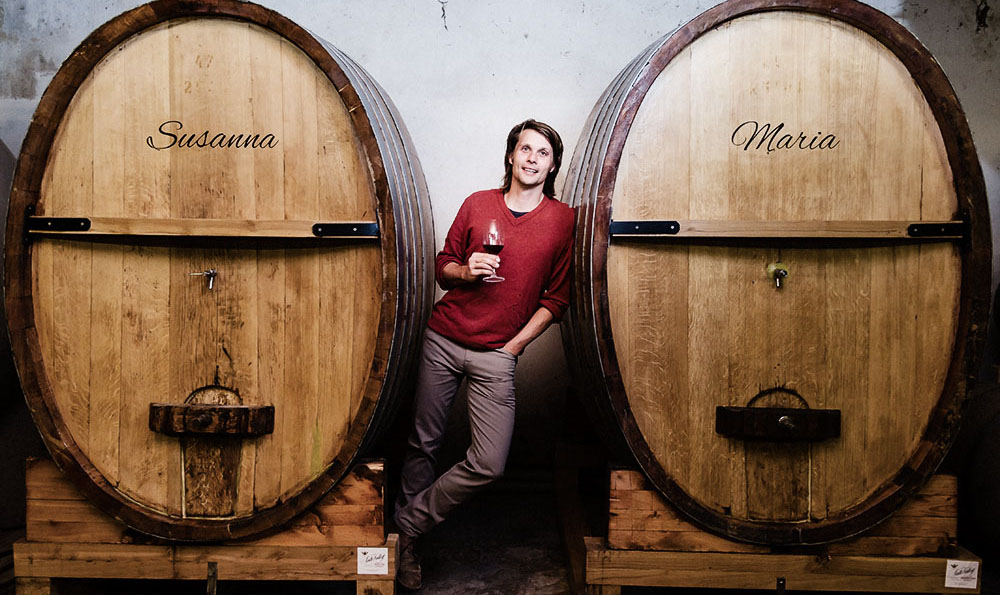It seems that some Vitis vinifera vines are more firmly rooted than others. Nebbiolo, for example, is notoriously self-centred, thriving almost exclusively in its home patch of Piemonte. Others, like Chardonnay, are content to spread and prosper pretty much anywhere, which is why it has become one of the top grapes grown in all New World (Non-European) wine regions.
But what about grapes that were once firmly planted in one place that are now — thanks to adventuresome growers — making wines and impacting tastes around the world? We’ve seen Malbec migrate to Argentina, and Sauvignon Blanc dominate New Zealand. Are other Euro-entrenched grapes primed to make their name widely known in the brave New World, where appellation laws and historic traditions run less interference?


